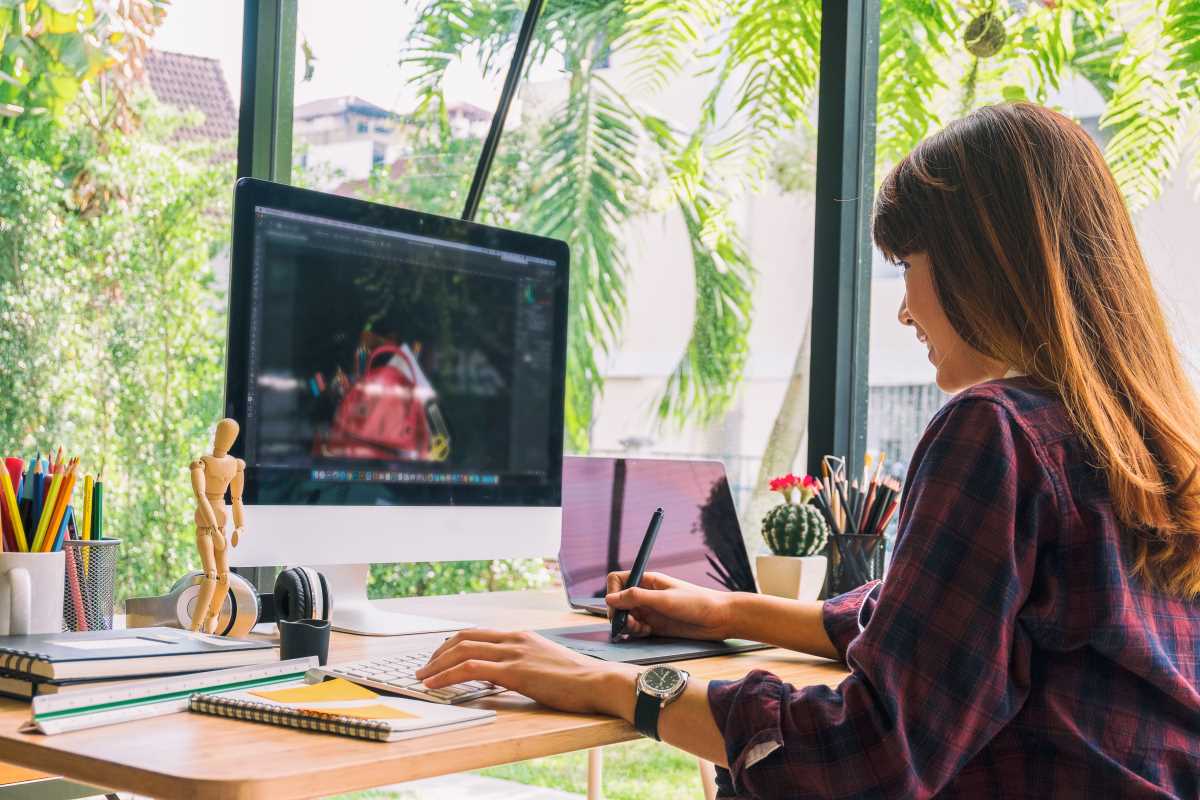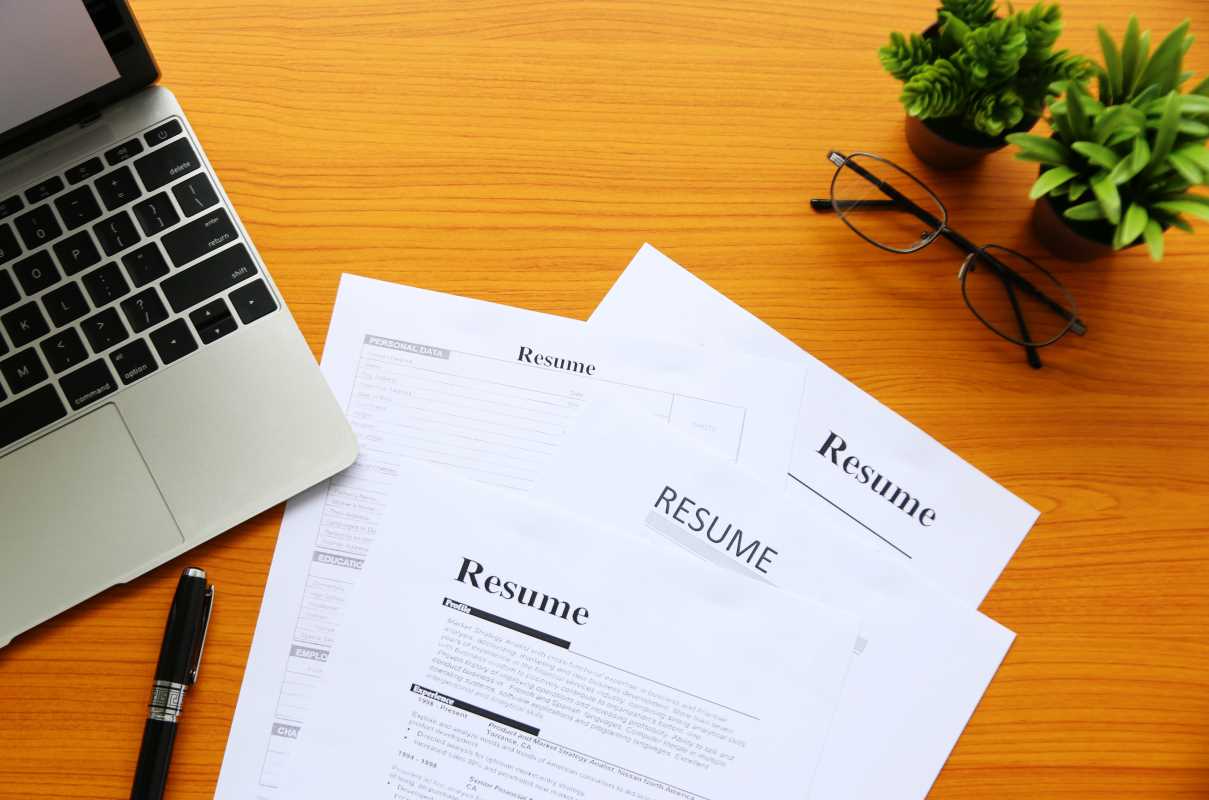Crafting a standout portfolio resume might initially seem challenging, but it's a fantastic opportunity to highlight your creativity and unique personality. By marrying an eye-catching design with a compelling narrative of your work, you significantly boost your chances of making a lasting impression in the graphic design arena. This guide is here to help you navigate through the entire process—from planning and designing to refining your resume—ensuring it becomes a true reflection of your identity as both an artist and a designer.
This isn’t just about listing your experiences. It’s about telling your story through visuals and words in a way that feels natural and exciting. When you build your portfolio resume, you curate a collection of your most creative moments and present them in a format that potential clients or employers can enjoy and understand immediately.
Start With Your Creative Vision
Your creative vision forms the core of your work. Begin by imagining what makes you unique as a designer. Think about the projects that have excited you or prompted you to push your boundaries. Reflect on your favorite styles and the kind of visual story you want to share. This process helps you create a portfolio resume that isn’t just a static record of work, but a lively expression of your personality.
Spend some time jotting down your ideas and discussing them with friends or mentors who appreciate design. Ask yourself questions like: What do I want the reader to feel when they see my work? Which projects truly capture the spirit of my creativity? Once you have a clear idea of your direction, it becomes easier to choose what to include and how to arrange your resume to best represent your skills.
Showcasing Your Best Work
Now that you have a creative vision, it’s time to select the projects that match that vision. Pick work samples that demonstrate not only technical skills but also tell a story about your creative journey. Use your portfolio resume to highlight a variety of projects that show your range, from class assignments to personal experiments. Showing different styles and techniques can help potential employers see just how versatile you are.
Consider including different types of work that reveal various aspects of your design abilities. For example, you may list:
- Personal projects that pushed your creative limits.
- Collaborative work that demonstrates your ability to work in a team.
- School projects that honed your technical skills.
- Experimental designs that highlight innovation.
- Client work or freelance assignments, if available.
Each project should include a short description that explains what the project was about, the creative challenges you faced, and the ideas you explored. Brief captions or annotations can also help the viewer understand the significance of each work sample.
Designing Your Resume Layout
When you present your work, the layout plays a crucial role. A visually appealing and coherent resume can make all the difference. Focus on creating a design that reflects both your personality and the professional standards of the graphic design industry. This means keeping the layout clean while still allowing creative elements to shine through.
Here are some tips to help you design a memorable layout:
- Keep the design balanced: Use empty space effectively and avoid overcrowding your page with too many elements.
- Choose a focused color palette: Limit your colors to 2 or 3 that complement your work and provide a consistent look.
- Select fonts carefully: Use no more than 2 different fonts to maintain a professional appearance and improve readability.
- Incorporate panel or grid structures: This helps organize your work neatly and guides the reader’s eye through your projects.
- Highlight key details: Use subtle design techniques like shading or contrasting fonts for section headers to emphasize important information.
Following these layout tips helps you build not only an attractive resume but also one that communicates your organized and detailed approach to design. This thoughtful presentation will resonate with anyone reviewing your work.
Building Your Online Presence
In today’s digital landscape, having an online portfolio becomes just as important as a printed one. Many designers create websites that combine the best aspects of a traditional resume with interactive features that boost your online visibility. Consider using popular design platforms like Adobe portfolio or Behance to set up your digital showcase. These platforms offer intuitive tools to display your work, helping you reach a broader audience.
Online platforms allow you to update your resume with new projects, link to detailed case studies, or even include a blog where you share insights about your design process. Use social media effectively by sharing snippets of your work and engaging with communities that share your creative interests. This dual approach of maintaining both a digital and physical portfolio ensures you reach different audiences, from recruiters to fellow creatives.
Gathering Constructive Feedback
Seek out mentors, peers, or industry professionals for targeted critiques of your portfolio resume—focus your questions on narrative clarity, visual layout, and the overall impression. Present your work in informal review sessions or online design forums, take detailed notes on suggested improvements, and be prepared to revise to eliminate errors and enhance readability.
Continuous Refinement
Embrace feedback as a catalyst for ongoing improvement by iterating on your design, experimenting with new ideas, and sharing updated versions for fresh perspectives. Each cycle of critique and revision sharpens both your technical skills and your creative vision.
Completing your resume is just the beginning; let your creativity and passion for design continue to guide you. Show your unique vision with confidence.







